Lecture 10 Climate Policy Instruments
November 17, 2025
A five points “climate haiku”
- It’s warming
- It’s us
- We’re sure
- It’s bad
- We can fix it
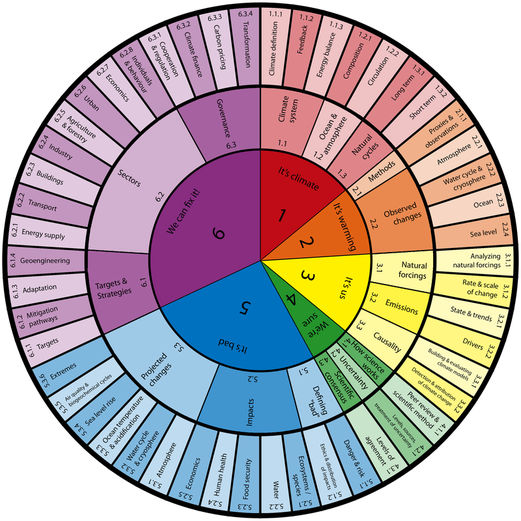
Source: Kimberly A Nicholas
IPAT
\(I(mpact) = P(opulation) \times A(ffluence) \times T(echnology)\)
\(I(mpact) = \frac{P(opulation) \times A(ffluence)}{T(echnology)}\)
- Technology: renewable energy, energy efficiency, innovations
Source: Ehrlich and Holdren (1971)
Kaya identify
\(F=P \times \frac{G}{P} \times \frac{E}{G} \times \frac{F}{E}\)
Where:
- F: global CO2 emissions from human sources
- P: global population
- G: world GDP
- E: global energy consumption
And:
- G/P: GDP per capita
- E/G: energy intensity of the GDP
- F/E: emission intensity of energy
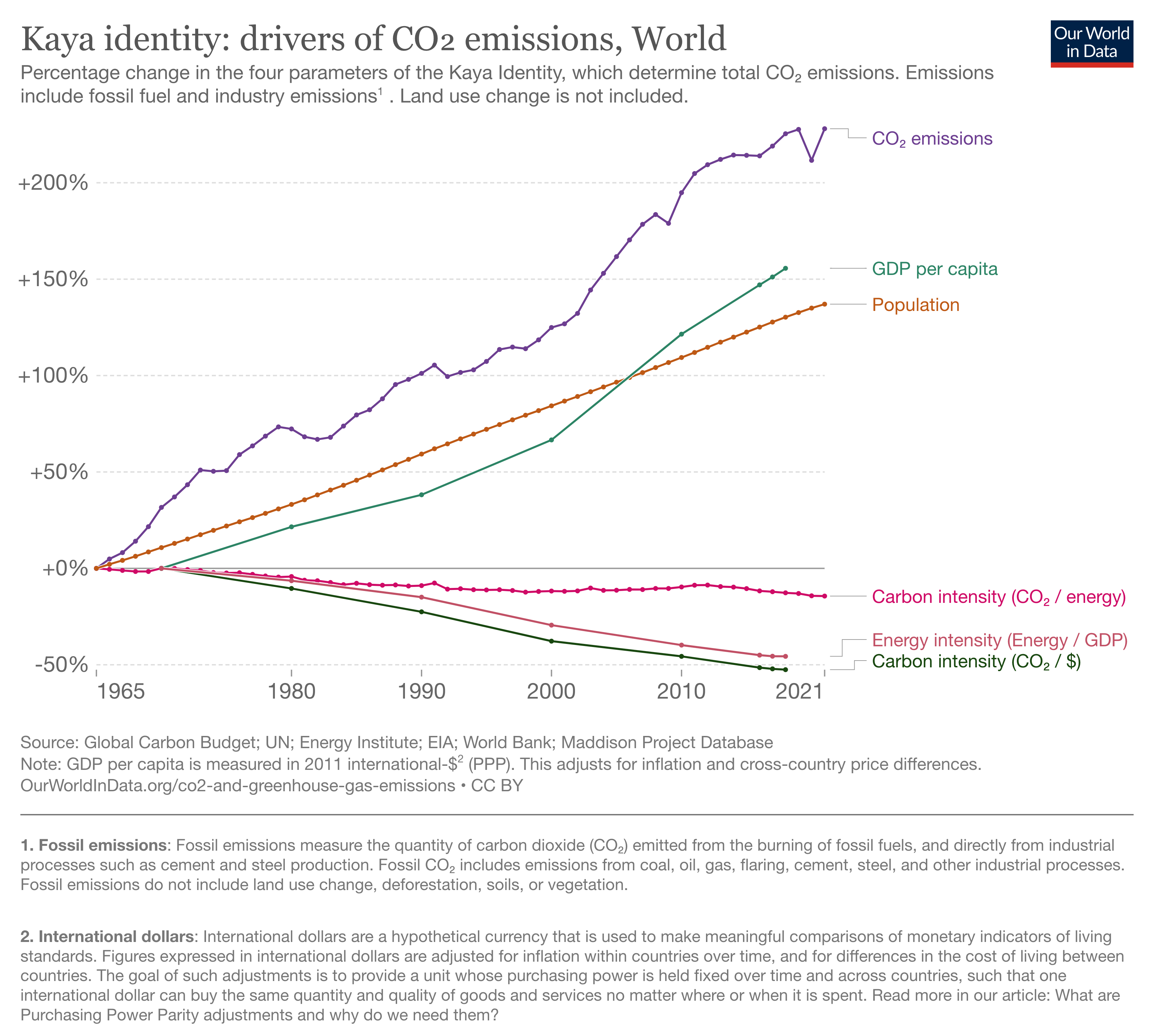
Source: Kaya and Yokobori (1997), Kaya Identity: drivers of CO₂ emissions in the World
Emissions gap

Source: UNEP, Emissions Gap Report 2025
Not on the right trajectory
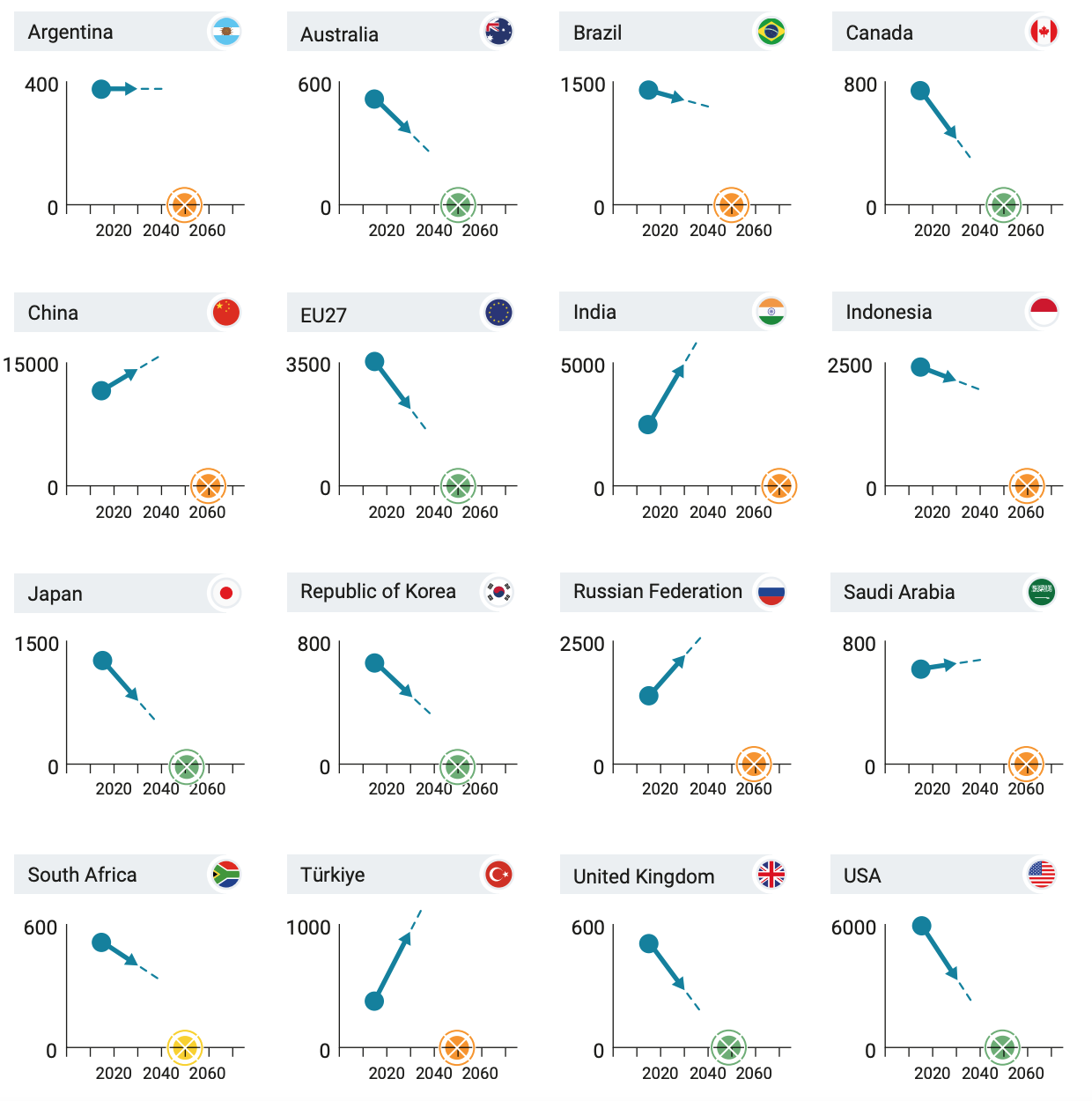
Source: UNEP, Emissions Gap Report 2025
Climate wedges
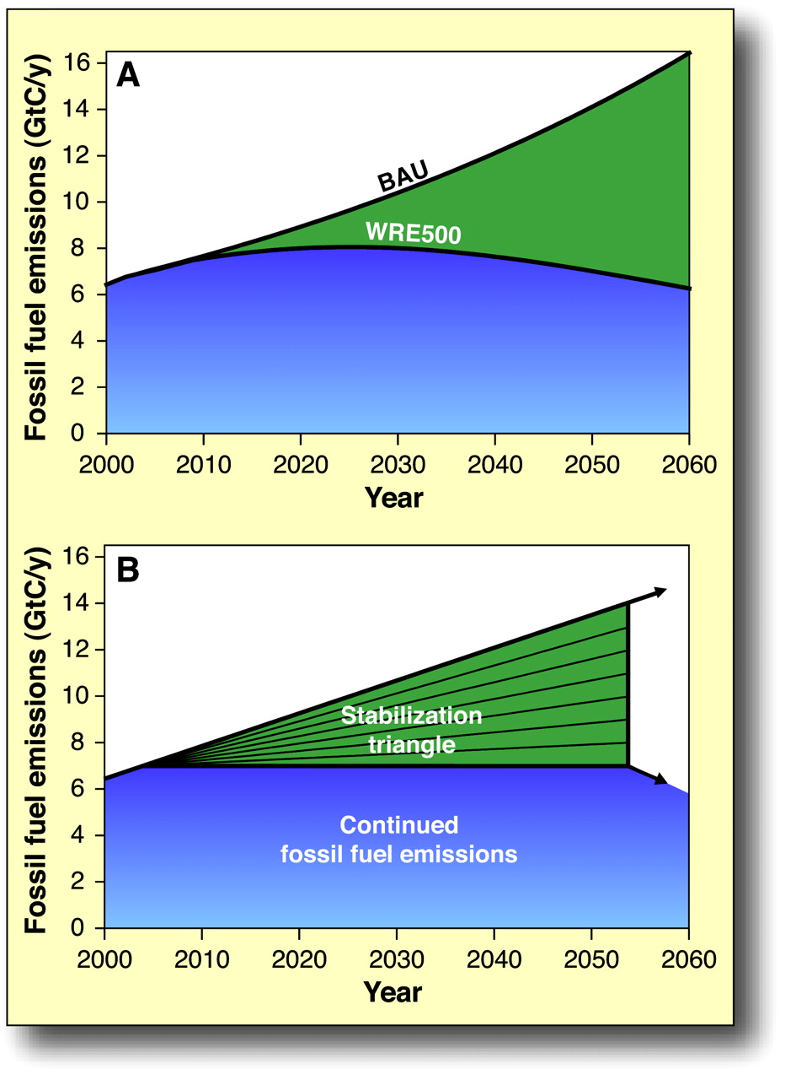
Source: Pacala and Socolow (2004)
Abatement cost curve

Source: Mckinsey, GHG Abatement Cost Curves
Best practices
- Energy efficiency
- Low carbon eco-city
- Renewable integration
- Sectoral experiences
- Policy/technology tools
Policy instruments
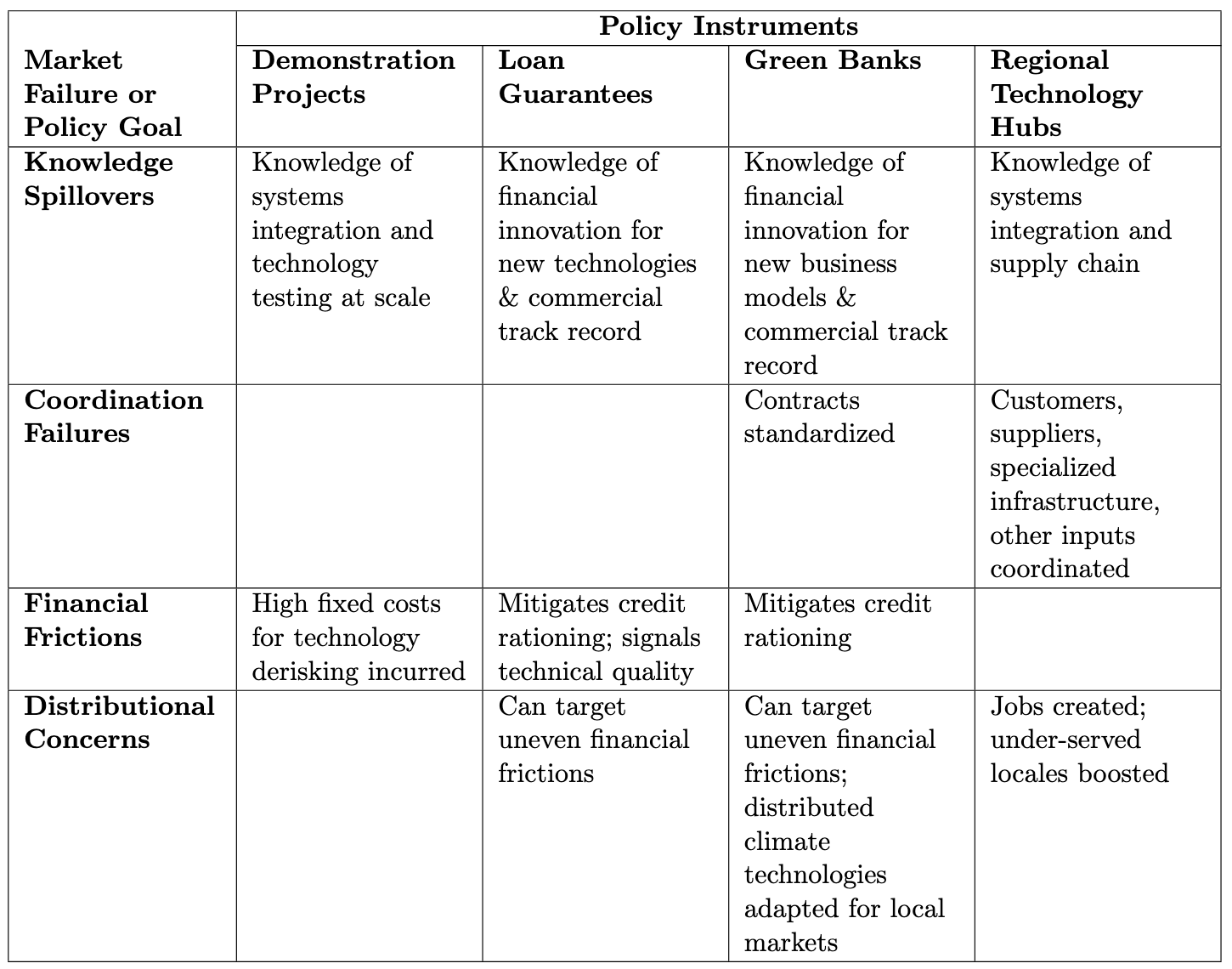
Source: Armitage, Bakhtian, and Jaffe (2023)
What policy works
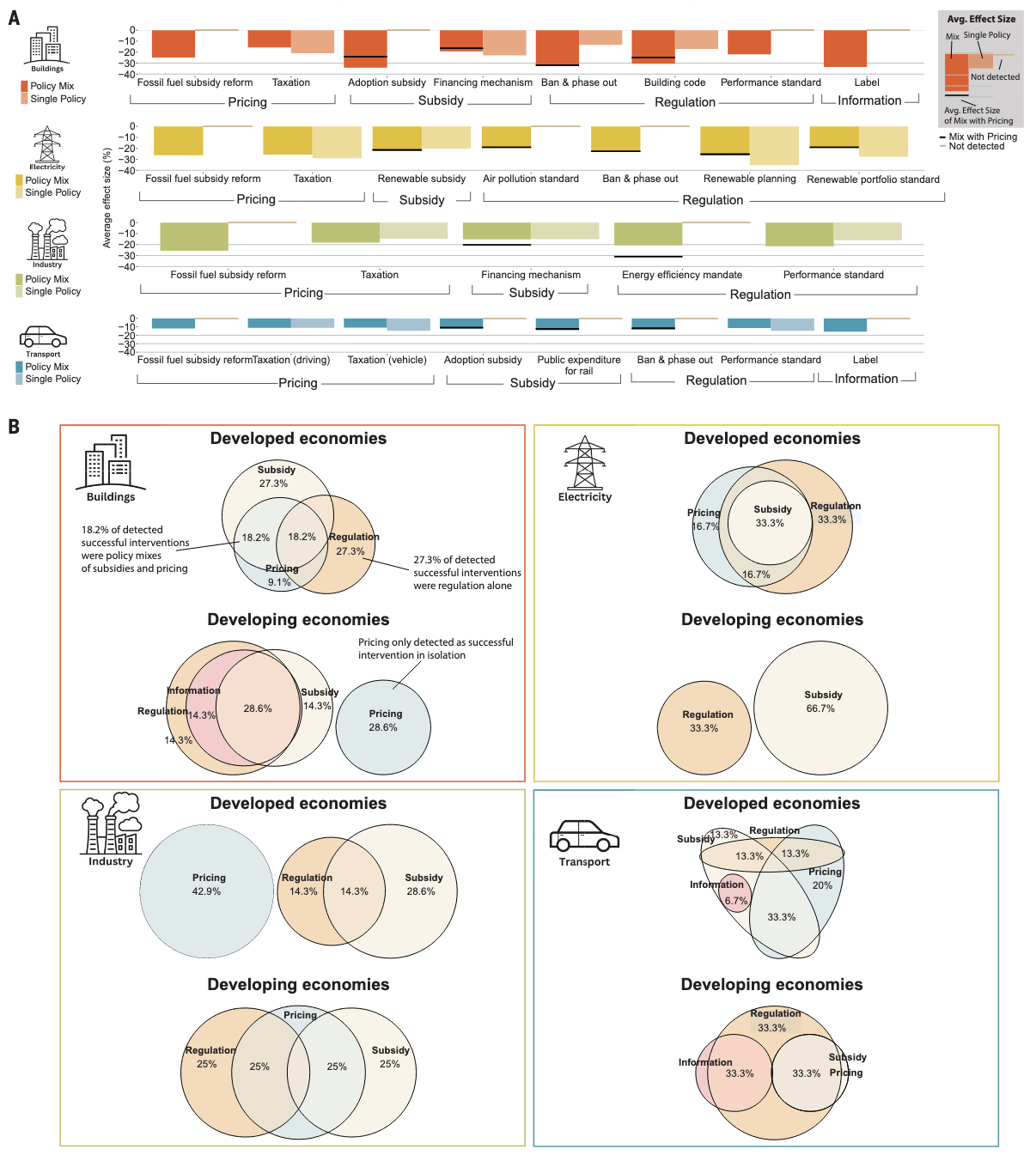
Source: Stechemesser et al. (2024)
What works what’s not
- Carbon tax vs. subsides
- Regulations vs markets
- Considering
- Societal acceptance
- Political feasibility
- Societal acceptance
Source: Read more: Armitage, Bakhtian, and Jaffe (2023)
Two pillars of climate policy
- Mitigation
- Adaptation
Energy sector emissions
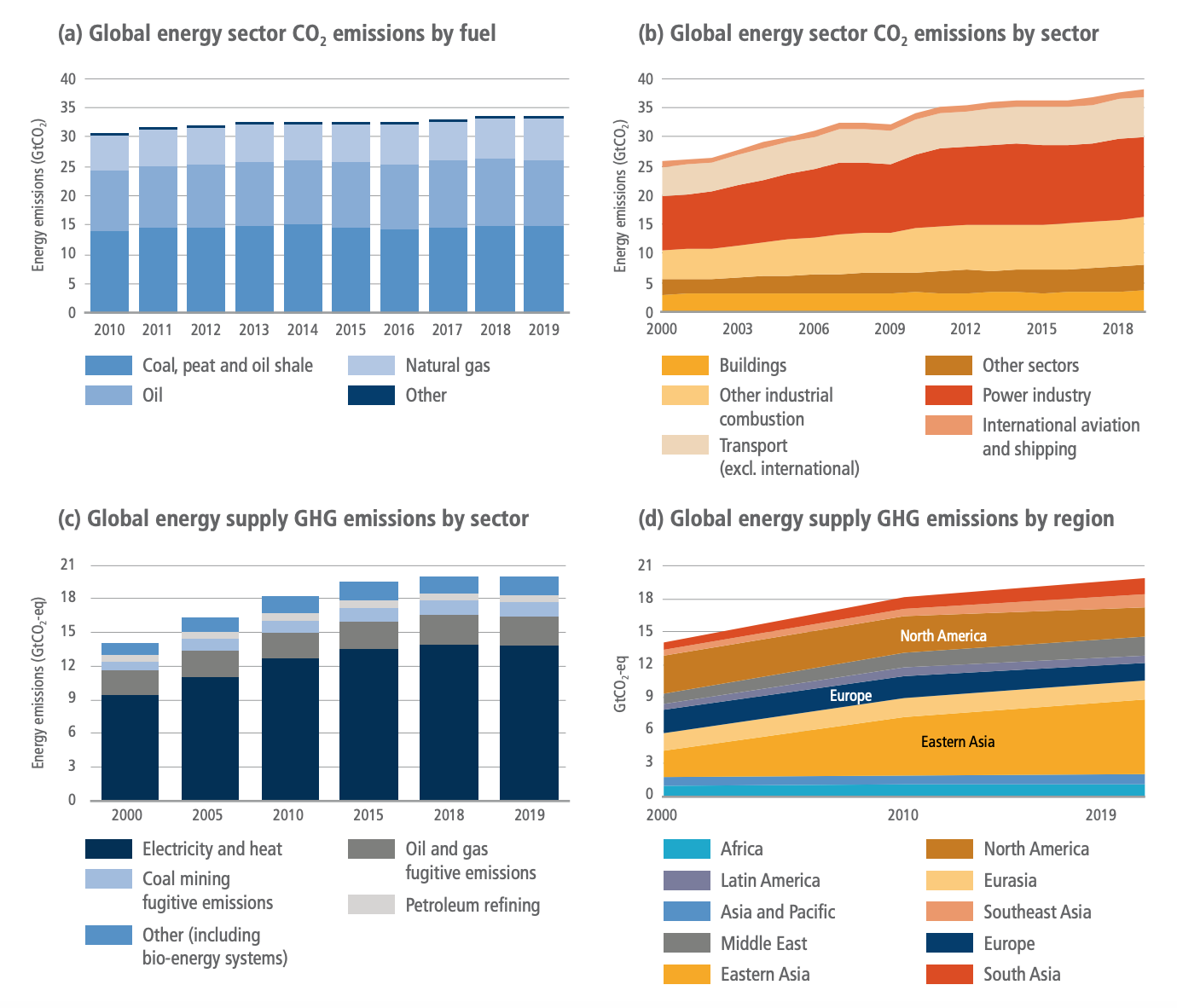
Source: IPCC, WG3
Energy sector mitigation factors

Source: IPCC, WG3
Renewables are getting cheap
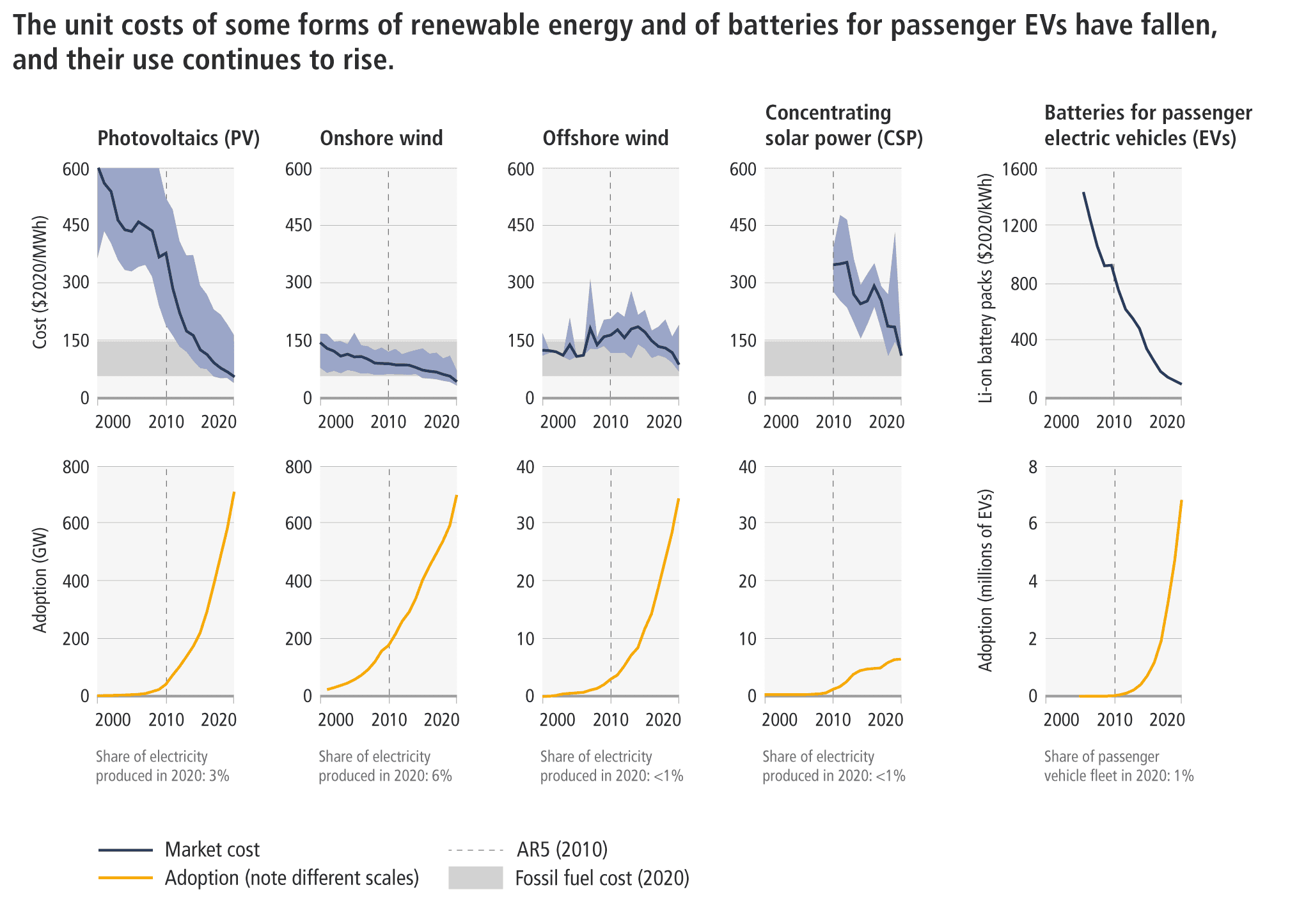
Source: IPCC, WG3
Transport sector
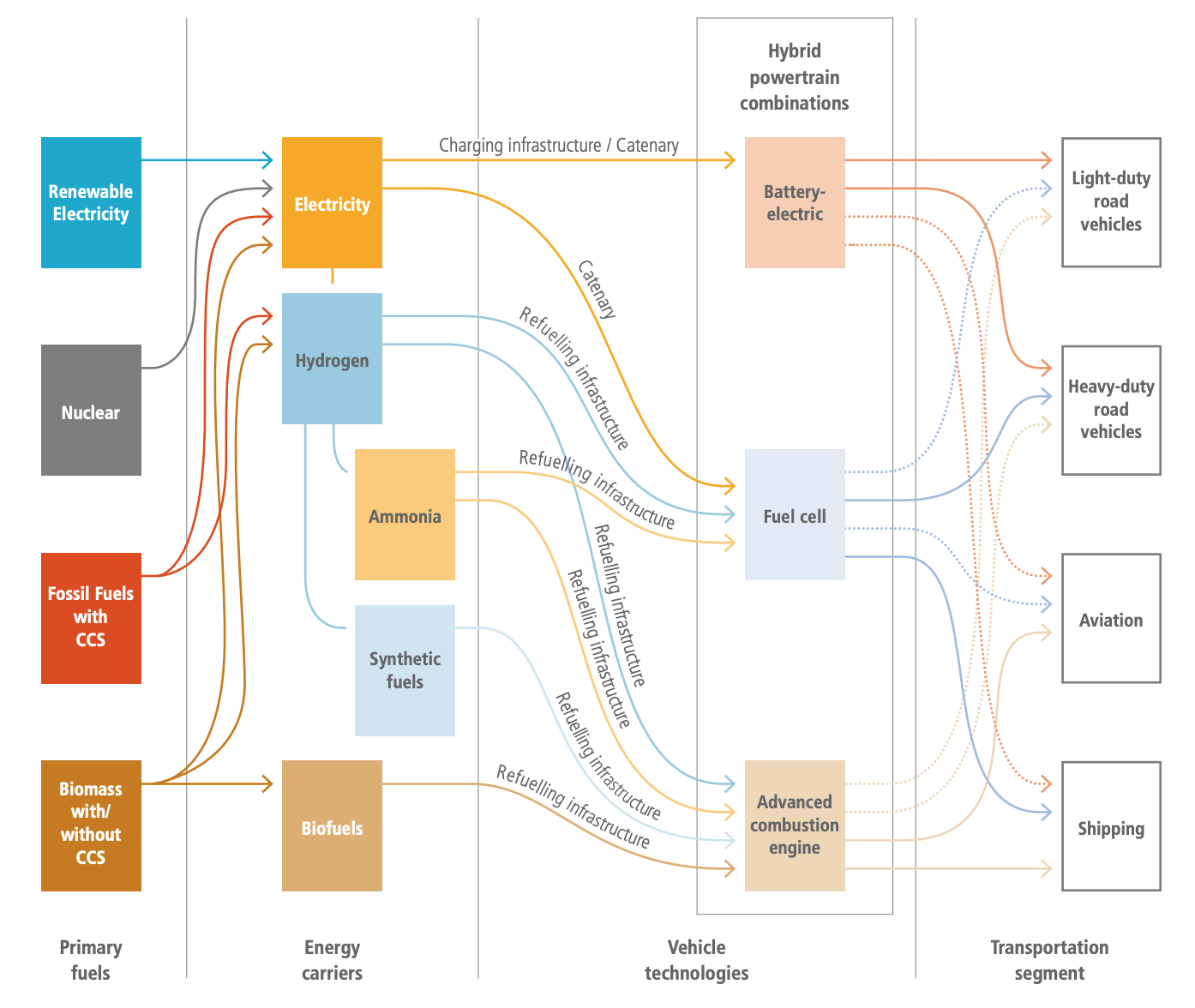
Source: IPCC, WG3
Transport emission mitigation
\(E = vehicles \times \frac{Miles}{vehicle} \times \frac{gallon}{mile} \times \frac{carbon}{gallon}\)
Carbon remove technologies
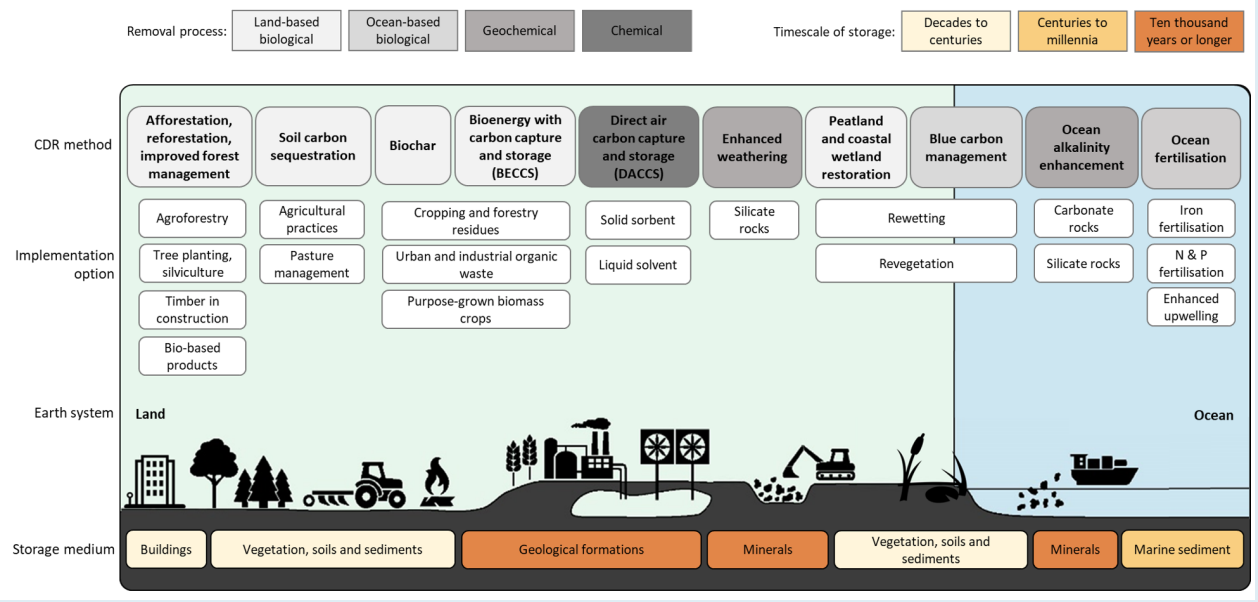
Source: IPCC, WG3
Role of CDR
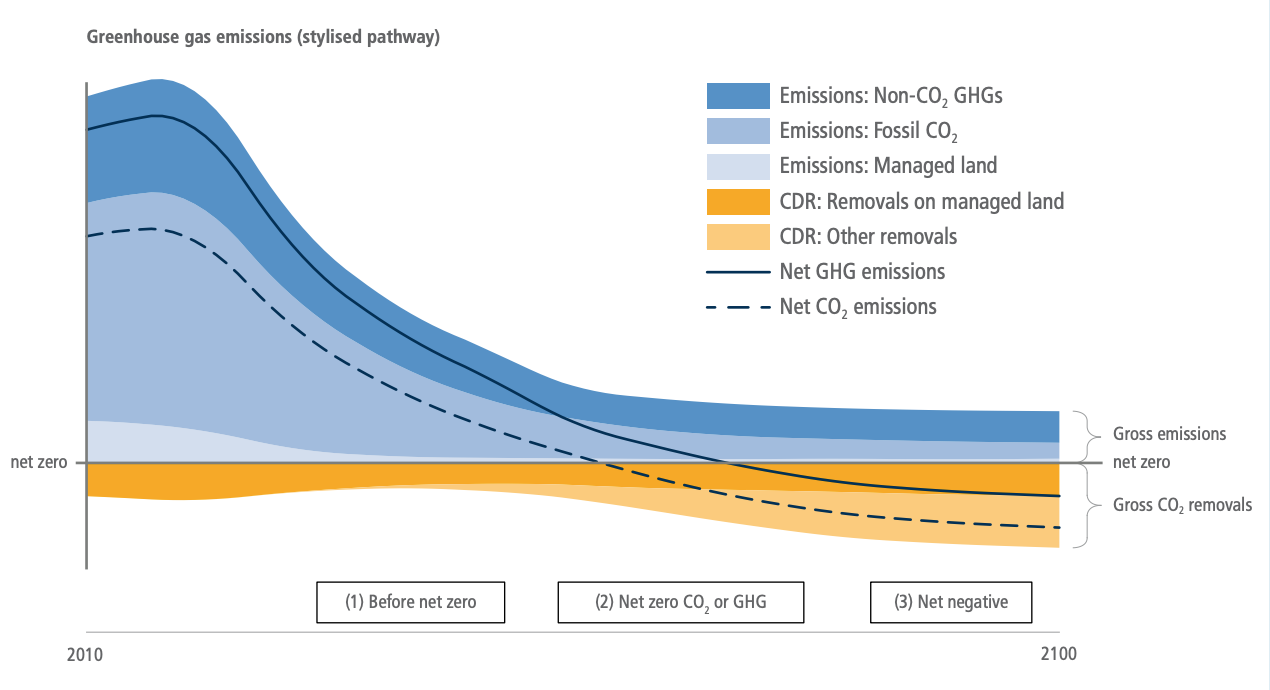
Source: IPCC, WG3
Non-CO2 by gas
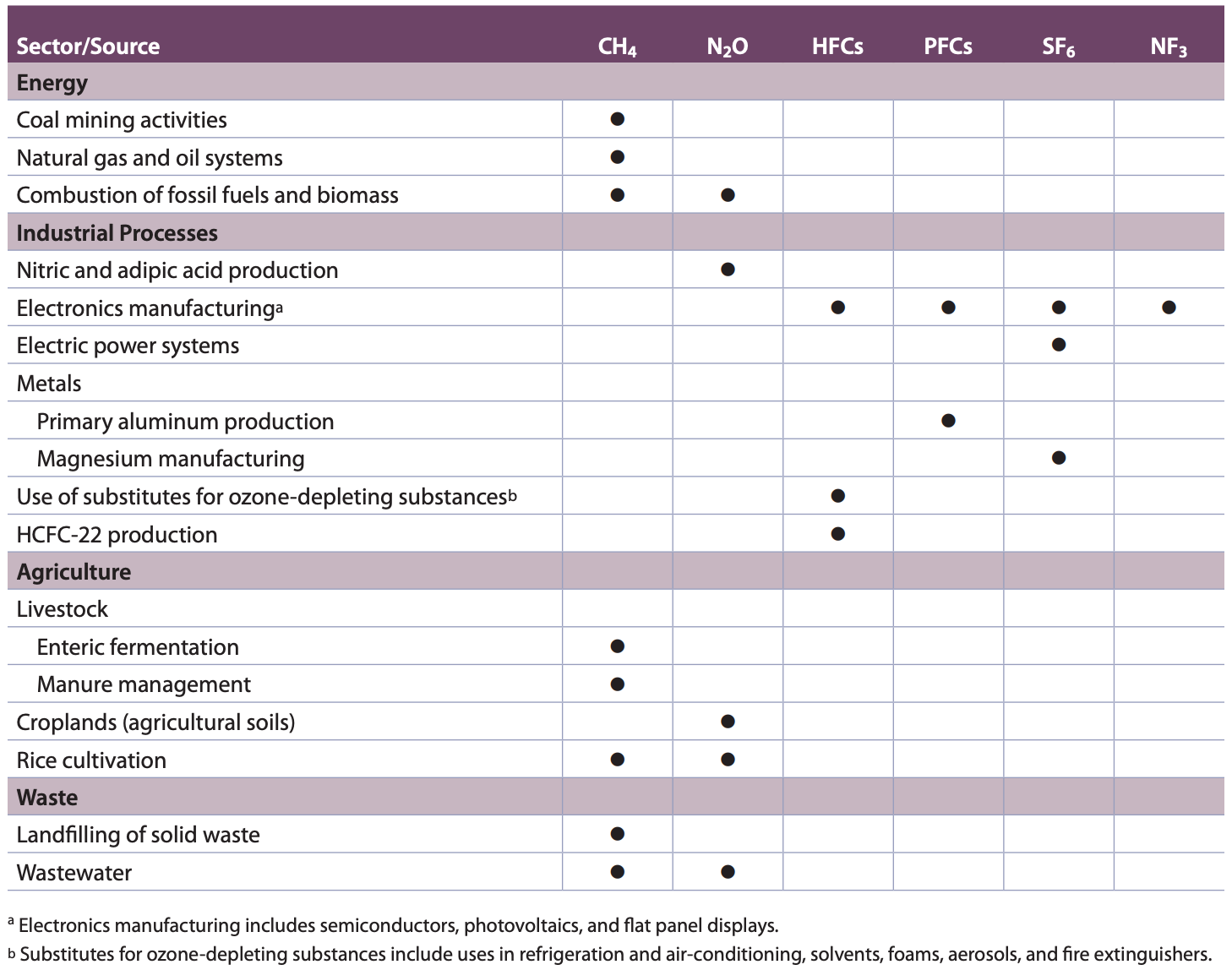
Case study: high appliance efficiency standards
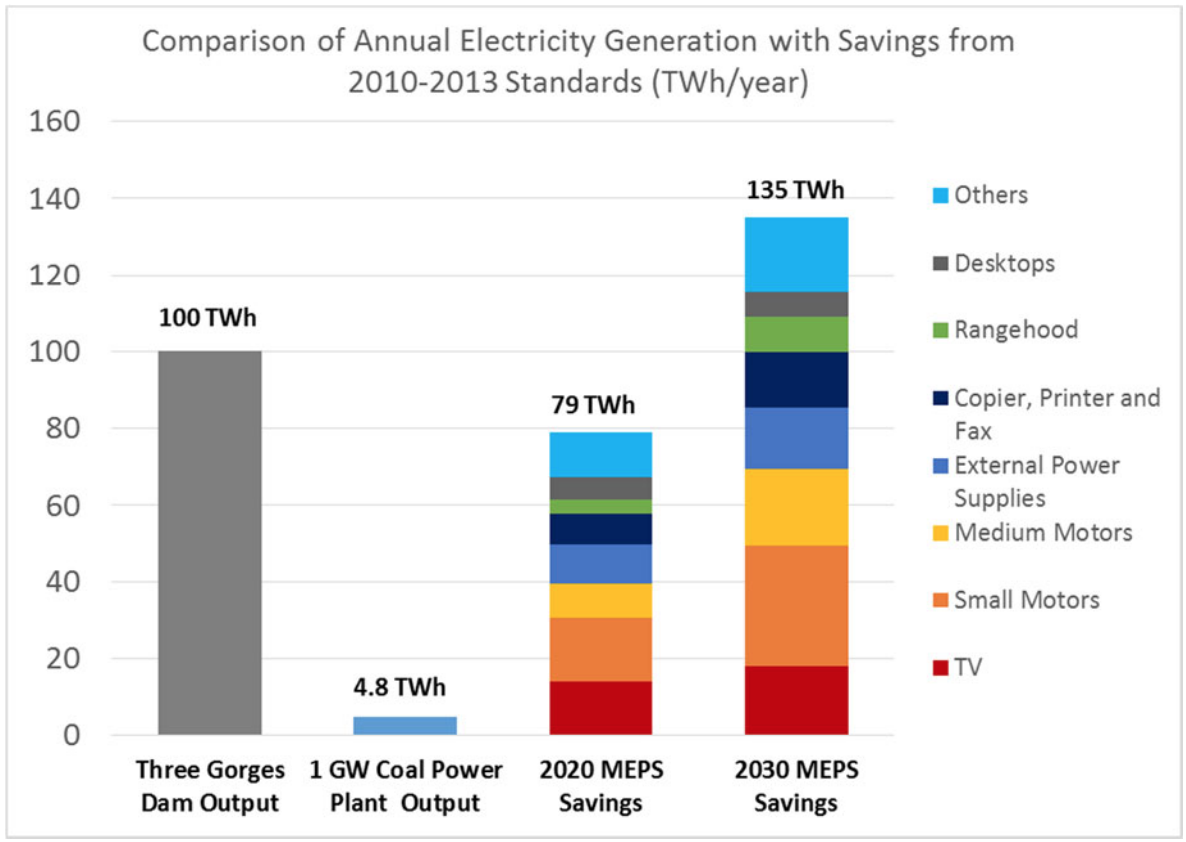
Source: Fridley et al. (2016)
Case study: Empire State Building retrofit
- Save 38% of energy use with a 3-year payback
- Remanufacturing 6,500 windows onsite into super windows
- Installing better lights and equipment
- Envelope improvements and reduced internal loads allowed for a smaller cooling system
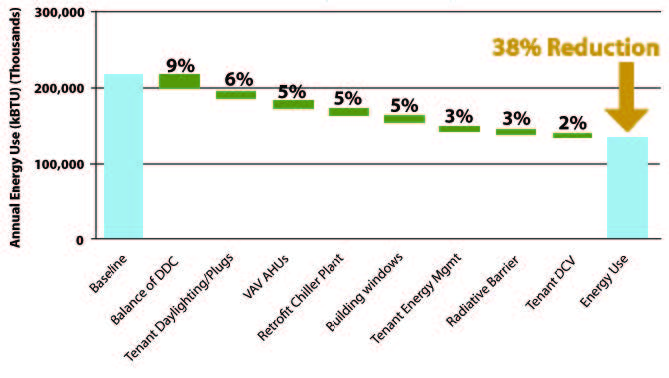
Source: Read more from RMI case study.
Risks and resilience
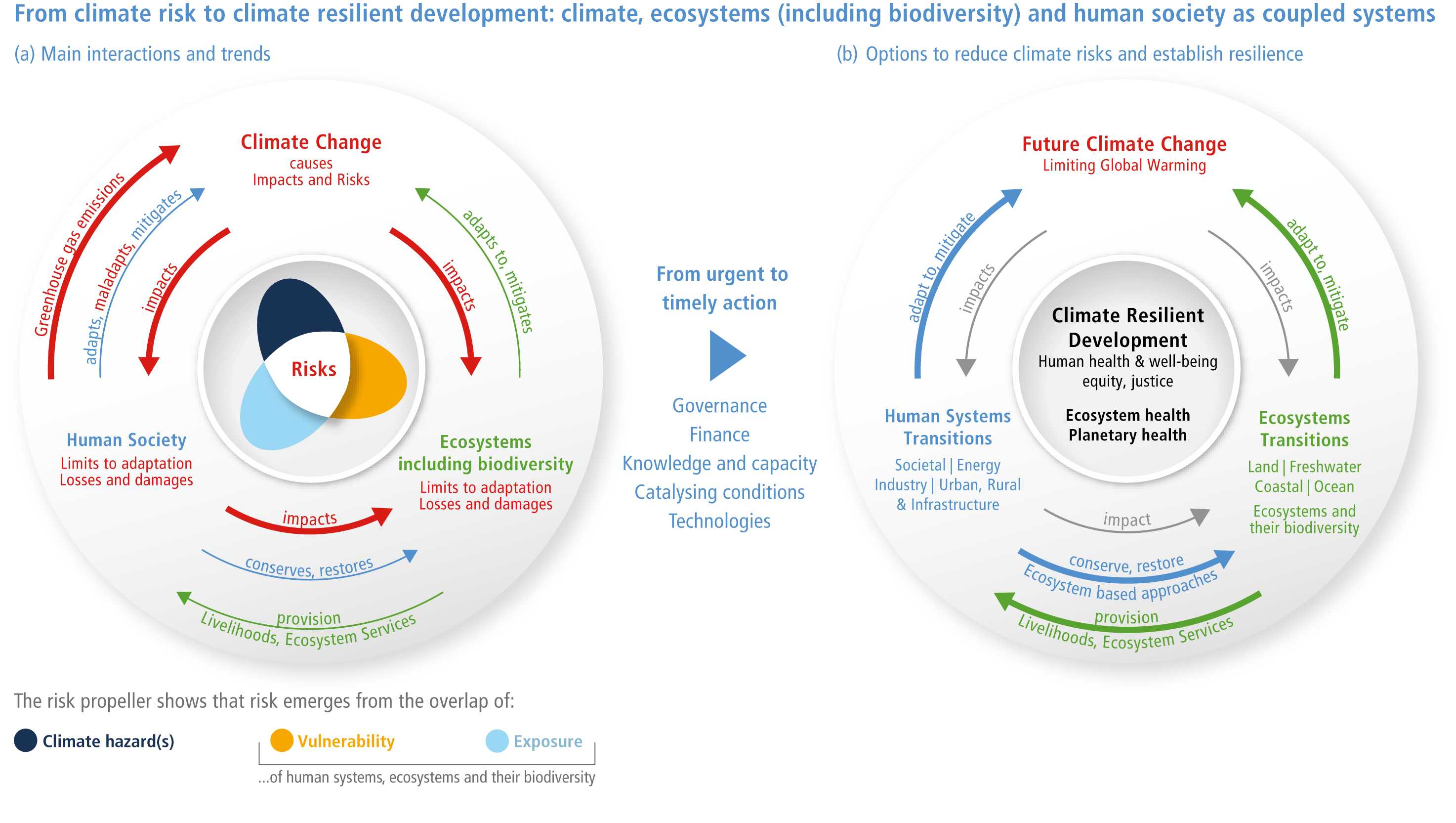
Source: IPCC, WG2
Adaptation options
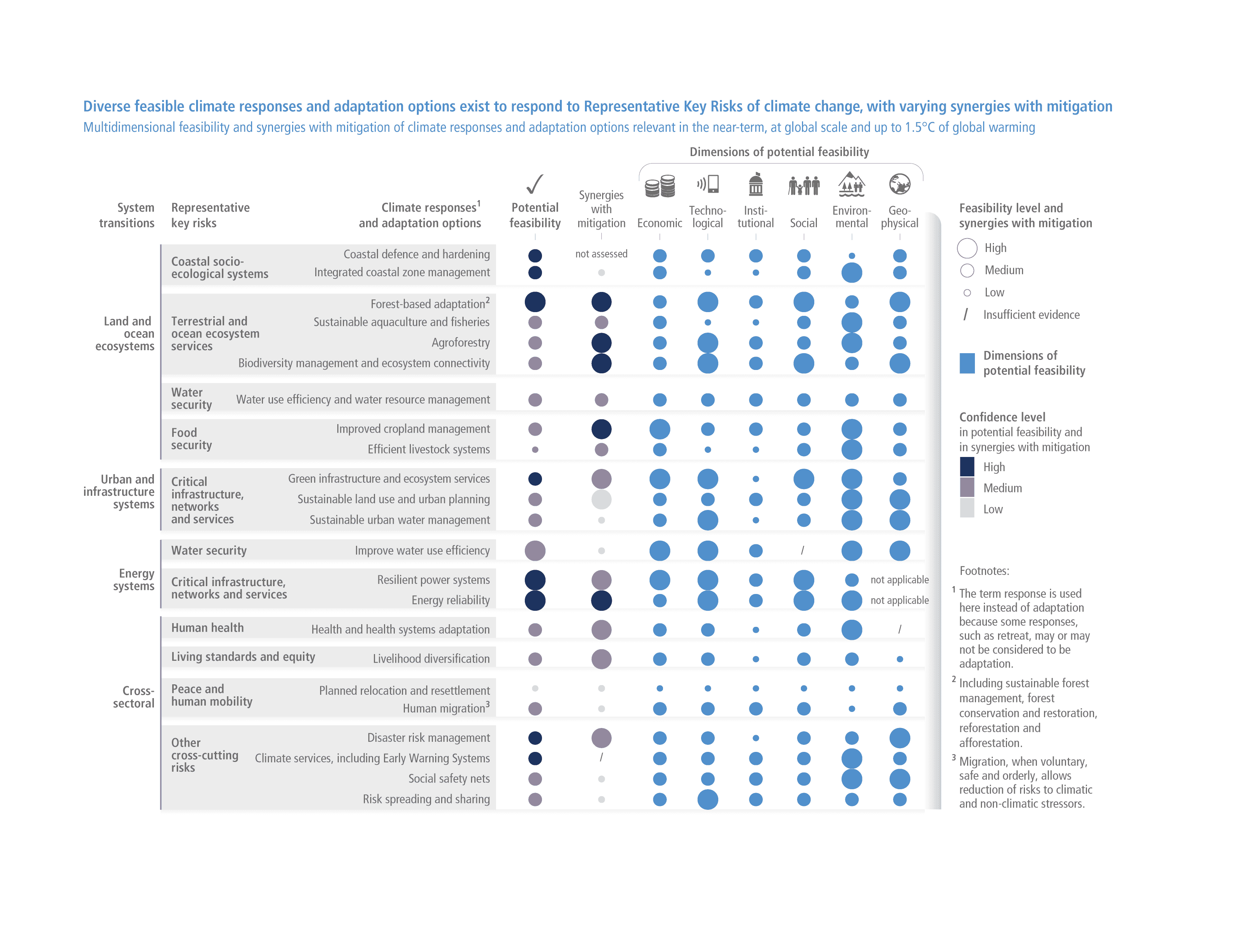
Source: IPCC, WG2
Adaptation potential
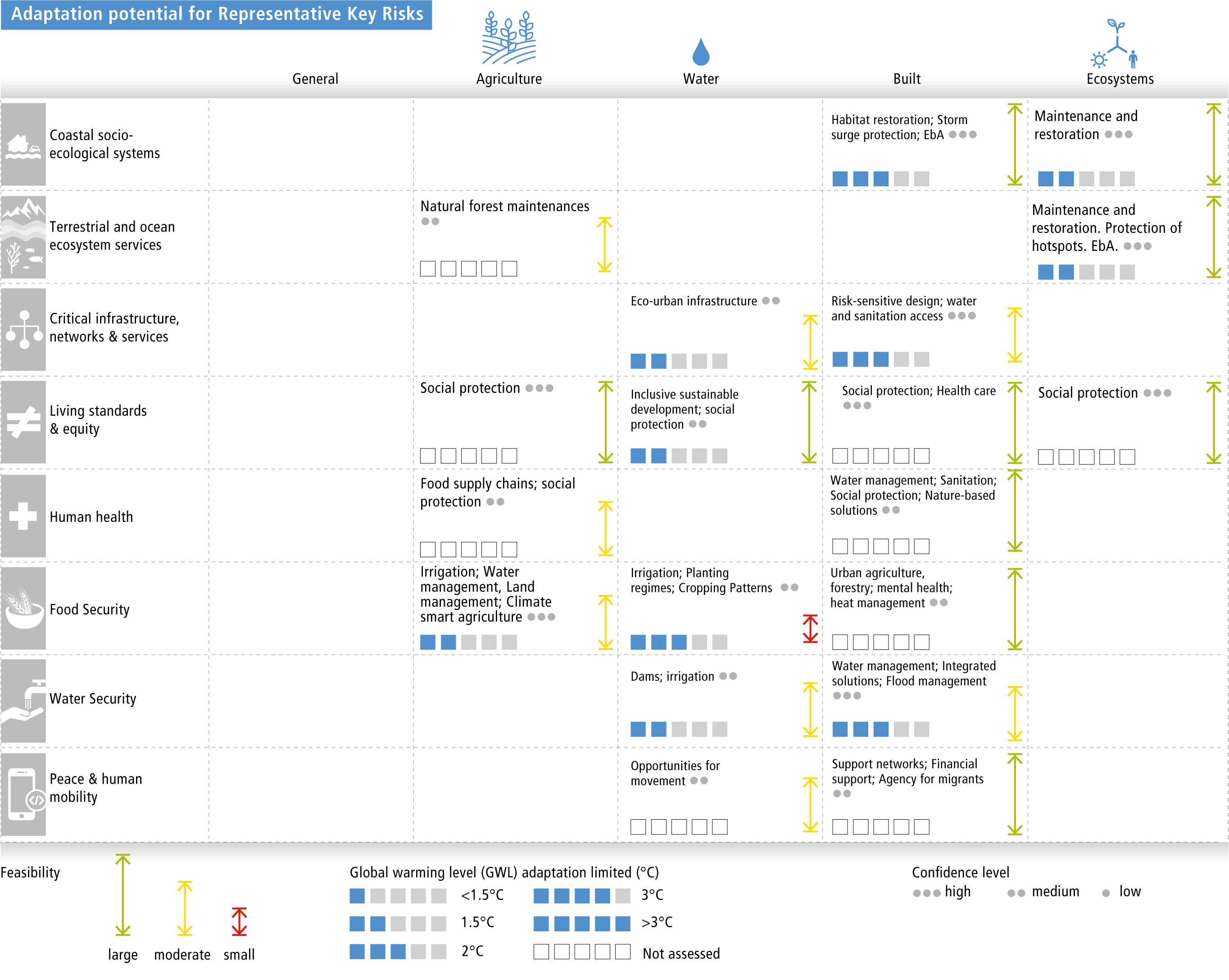
Source: IPCC, WG2
Ecosystem health

Source: IPCC, WG2
Ecosystem adaptation
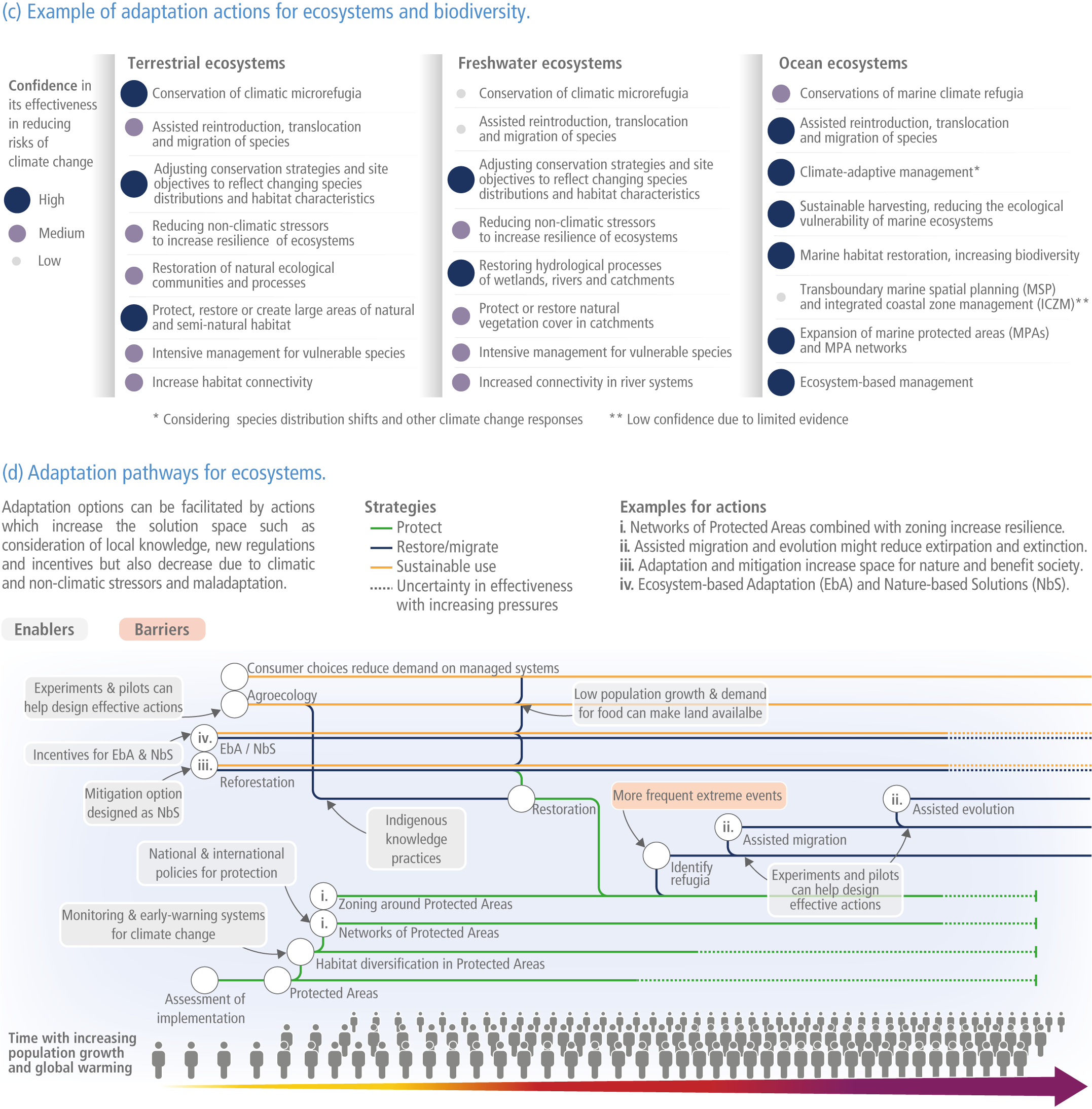
Source: IPCC, WG2
Food security
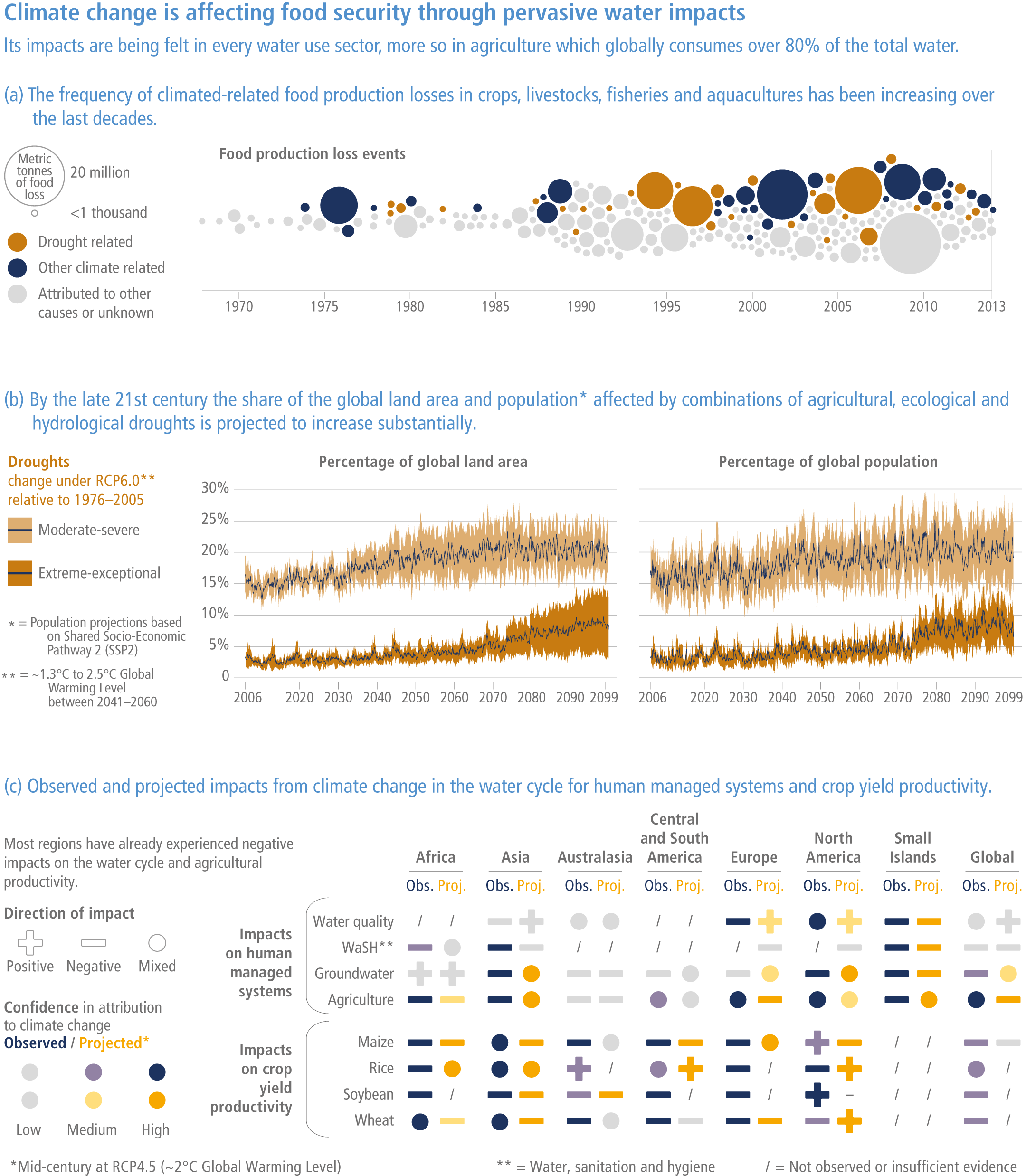
Source: IPCC, WG2
Vulnerable groups

Source: IPCC, WG2
Synthetic adaptation

Source: IPCC, WG2
Steps to resilence
- Understand Exposure
- Assess Vulnerability & Risk
- Investigate Options
- Prioritize & Plan
- Take Action
More resources: U.S. Climate Resilience Toolkit
NYC heat plan case
- Assess climate risks
- Incoporate climate risks in adaptation and response plan
- Educate residents on the threats
- Re-assing vulnerability
What elese can we do?
More resources: New York City Assesses Extreme Heat Climate Risk
Mekong River Basin

More resources: UNEP, Case Studies
Social cost of carbon
Source: RFF, Rennert et al. (2022)